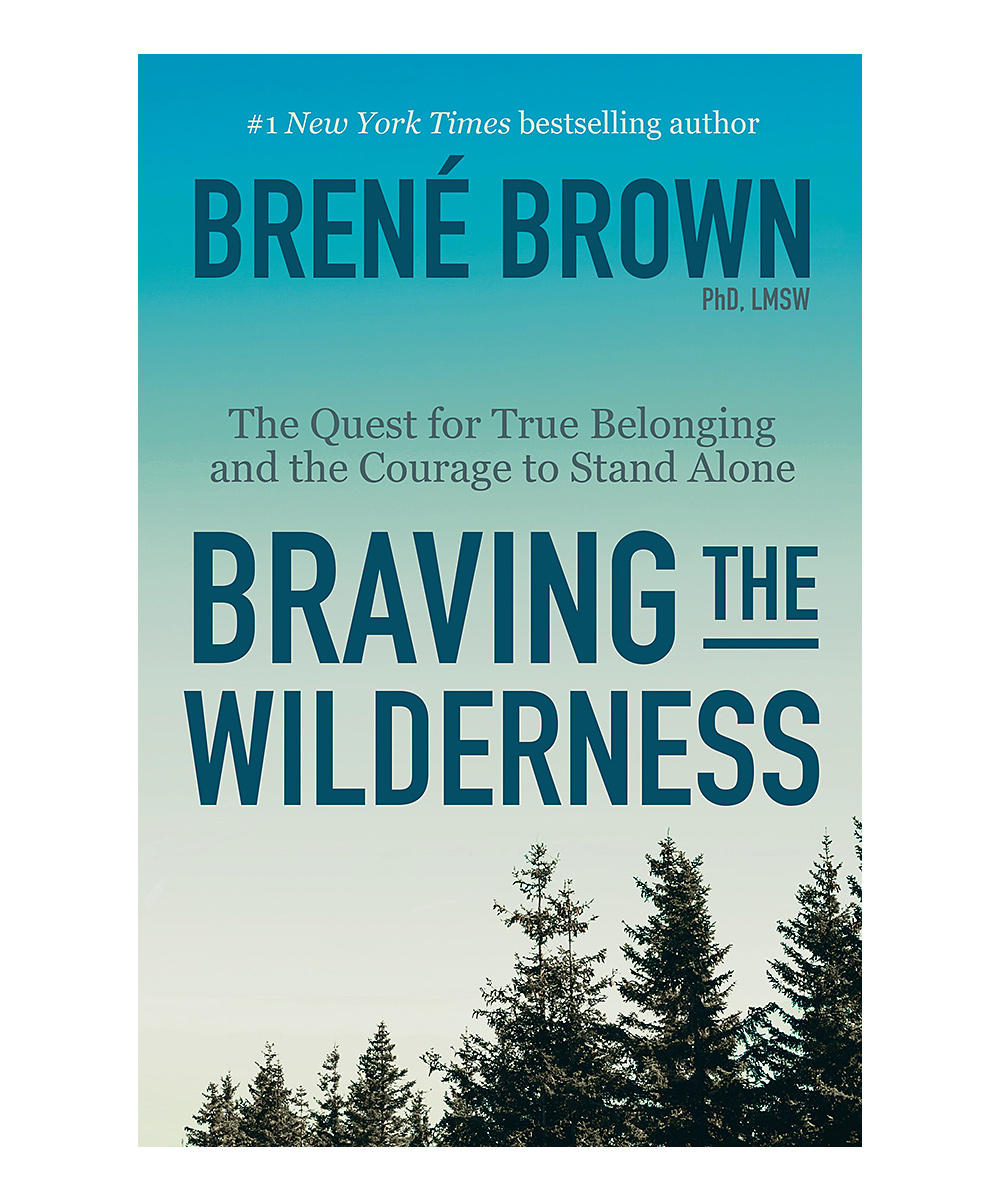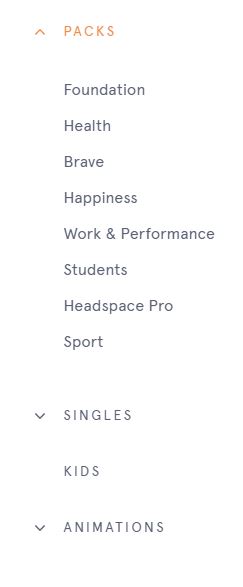2 minute read
Albuquerque
Curiously, despite the many seemingly intelligent arguments to be made for diversification within a business, it always results in decreased Enterprise Value in the long-term.
Organizations which have been successful for years in growing markets with informed managements may later find themselves in a maturing industry with slower secular growth, now concerned about growing at less than a double-digit pace. Even disciplined managements find themselves attracted to diversifying into new businesses which (they think) have more appealing characteristics. Invariably, such situations almost always look easier and more lucrative than they really are.
You’ve heard the argument, haven’t you? “My company makes large, high-priced equipment that is very cyclical. We need to be in a complementary business that makes low priced items that aren’t cyclical to balance our equipment business.” Unfortunately, addressable markets, customers, selling cycles, management skills, core competencies, and capitalization of the successful large ticket business are only some of the radical differences from the low-priced one. There are likely no meaningful synergies between the businesses, and with top management’s attention diverted from its core business, stockholders end up with (the performance of) two businesses, each sunk into the gray twilight of mediocrity. They have far less value together than they would separately.
Even the public market puts a discount on diversification. Look at the price-to-earnings ratio of any of the (remaining) conglomerates compared to a similarly performing “pure play” company. Case after case proves that investors don’t understand diversified companies and don’t appreciate them. Private transaction markets are even less forgiving. Diversified companies receive a significant discount from Private Equity Group (PEG) investors and strategic acquirers who conclude that there is extra effort needed post-investment in order to narrow the focus and concentrate on the core business.
We don’t know why any savvy management team is attracted to diversification within one business. As Entrepreneur Owner-Managers with skin in the game, we urge business owners who want diversification to own a portfolio of several companies—each a leader in its own niche—not one company with a diversified goulash of businesses.
What I am Reading / Listening to
Contributed by David C. Linton
I can’t remember the last time I read a book in the fiction category. I more naturally gravitate to meaty topics close to my core which delve into philosophy, spirituality, futurist vision, and servant leadership. Not what you expected from a 35-year vet of the M&A deal wars? Maybe it’s more a function of being 58-years old and coming to terms with the reality that I know a lot less about what holds meaning than


I wish I did, but as Lowell George memorably sang, “I’m still willin!”
So I seek to challenge myself reading thought leaders who see the world through a unique lens and offer what to me are original ideas…hard to find today with everyone re-packaging and parroting someone else’s message. I think the best are those who fearlessly “put it all out there,” something which is inspiring to me.
Brené Brown is one such thought leader. She is perhaps most recognized for one of the Top 25 most viewed TED talks of all time (39 million views so far). Her talk, The Power of Vulnerability is epic, as Brené puts on display
her unique talent for taking a heady topic and weaving scholarly research together with her gifted storytelling, infusing us with a grounded sense of humor. That talk first hooked me on Brown, and recently led me to read her NY Times best-seller, Braving the Wilderness.
In Braving the Wilderness, Brown remains her fearless self, examining the challenges we face today of finding human connection and true belonging in a culture of “us versus them” and a diminishing sense of shared humanity. She explores how we got to this point and what it will take to find our way back. And what I love about her is that she places the solution squarely on each of us as individuals. There’s no attempt to push a public policy panacea or grand-scale social experiment. Brown submits that we each hold the key to fighting fear and divisiveness if we are willing to stand alone in our decisions and beliefs:
“Belonging to ourselves means being called to stand alone—to brave the wilderness of uncertainty, vulnerability and criticism. And with the world feeling like a political and ideological combat zone, this is remarkably tough. We seem to have forgotten that even when we’re utterly alone, we’re connected to one another by something greater than group membership, politics and ideology—that we’re connected by love and the human spirit. No matter how separated we are by what we think and believe, we are part of the same spiritual story.”
True to her roots as a social worker, Brown goes beyond merely stating the problem and offers up tangible behaviors for each of us to employ, a collection of “braving skills” largely centered on trusting others and trusting ourselves. She defines these skills within chapters devoted to what Brown states as the need to “rehumanize”: “People Are Hard to Hate Close Up. Move In”; “Speak Truth to Bullshit. Be Civil”; and “Hold Hands. With Strangers.”
This is no “feel good” tome. I think Brown lays down the gauntlet for anyone who desires to turn back the tide but may also be struggling with fears of inadequacy or simply being overwhelmed by the scale of these challenges. As Brown beautifully challenges us, “it’s all about breaking down the walls, abandoning our ideological bunkers, and living from our wild heart rather than our weary hurt.”
Amen to that.
Entrepreneur Owner-Manager Quote
“Getting results doesn’t take much time at all. It’s not getting results that takes up all the time."
-Dan Sullivan, Co-Founder of Strategic Coach, Toronto Canada
pictures of people sitting cross-legged on the ground, touching their forefinger and thumb together, and humming. Hardly the mental picture I have of Entrepreneur Owner-Managers, or for that matter, me. So when, during a particularly trying time, a friend suggested meditation might be a useful tool for me, I thought, “yeahhhhh, not really me.”
She quickly dispelled my mental picture and directed me to the meditation app Headspace. It turns out my friend knows me better than I know myself. I can honestly say I fall into the Type A, control freak category and I was skeptical. But because that’s my personality, I sometimes get caught up in the swirl that is my life and Headspace turned out to provide a practical way to settle some of that swirling.
The benefits of meditation–physical health, mental health, productivity–are all well documented. What Headspace gave me was a way to ease into meditation, to have some space for mental relaxation tucked into my day. The app allows you to choose not only between different “packs,” as they call them, for different situations (sleep, sports, anxiety, mindfulness, etc.) but also between
different lengths of time to practice. Their free, basic pack of 10 lets you choose between 3, 5, and 10-minute chunks of time to let your mind go.
So for me, the simple Headspace app guides me through the clearing or settling of my mind when I need it. I know it has reached success from a business perspective and it has hundreds of thousands of users. And I have personal knowledge that it spans the generations. Yesterday, I opened a blog post update from my nephew who is getting his MBA at the University of Copenhagen. In a timely comment, he mentioned that he had tried meditation previously and it wasn’t until he decided to subscribe to Headspace after Christmas that he was able to make a regular practice of it. So regardless of why your mind is swirling, apparently meditation, including using the Headspace app is one antidote to calming that storm.
Of note: I realize there are loads of types of meditation and each one has its strengths and attractions for those that practice it. Headspace furnished me with a tool when I needed it and seems to be incredibly user friendly for those, like me, who haven’t had any formal experience in relaxing my mind. It seems to me that all flavors of meditation produce the same result–a calmer, clearer approach to the day.




